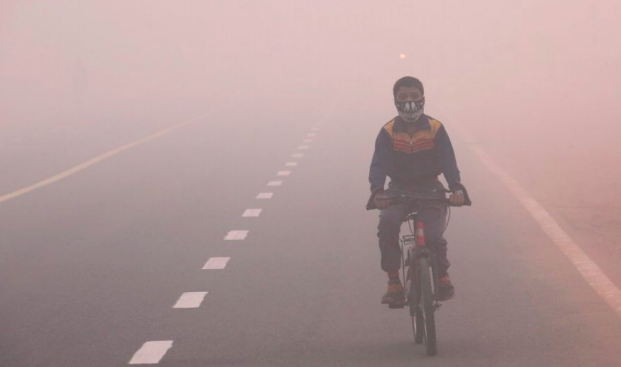JESSICA LEGASPI WRITES — Indians around the world can turn to the media to see the Diwali celebration in India, but for those living in New Delhi, they can barely see the hands in front of their faces.
On October 31, the day after Diwali, the Hindu festival of lights, New Delhi was named the most polluted city in the world after smog dangerously intensified due to firecrackers and fireworks used in the celebration.
The increased air pollution levels in the Delhi-NCR region reduced average visibility to as close to 200 meters, leading to car crashes and the state government issuing schools to be shut down for three days in what the Delhi Environment Minister called an “emergency situation.”
Anumita Roychowdhury, the executive director of the Center for Science and Environment, a Delhi-based think tank, explained how the smog released by the fireworks was worsened by cooler temperatures and slow winds. This resulted in the smog being trapped in the city.
She expressed that, “Delhi’s air remains so polluted throughout the year that it doesn’t really have room for additional pollution during Diwali.”

The kinds of fireworks and firecrackers used during the festival contained a high concentration of tiny pollution particles called PM2.5. These particles are small enough to penetrate lungs and evade the body’s natural filters, making them the most harmful kind of air pollutant.
India already has the highest rate of death by respiratory disease. With about 2.2 million schoolchildren wrought with chronic lung problems, the issue continues to worsen.
“It seems like we are living in a gas chamber,” observed the New Delhi High Court. The court blamed the Delhi government for not enforcing environmental protection laws and allowing people to burn trash or light excessive firecrackers despite laws against it. They hope to encourage people to follow these laws through various forms of media.
“Newspapers are writing about it every day,” said Roychowdhury. “Where we still have a lot more to do is to sensitize people about the solutions to the problem. We need to understand that controlling it needs hard decisions, and to build public support for these hard decisions.”

